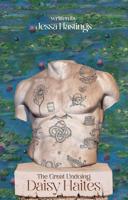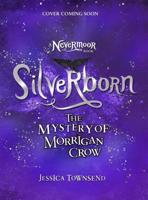Publisher's Synopsis
Excerpt from A Manual of Palaeontology, Vol. 1 of 2: For the Use of Students, With a General Introduction on the Principles of Palaeontology
The term fossilisation may be applied in a general sense to all the processes through which an organic body passes in order to be come a fossil. Here we need only consider the three leading forms' in which fossils present themselves. In the first instance, the fossil is to all intents and purposes an actual organic remain, being itself a fragment of an animal or plant. Thus we may meet with fossil bones, shells, or wood, which may have undergone certain changes, such as would be produced by pressure, by the deprivation of or ganic matter originally present, or by more or less complete infiltra tion with mineral matter, but which, nevertheless, are practically the real bodies they represent. As a matter of course, it is in the more modern formations that we find fossils least changed from their primitive condition, but almost all formations contain some fossils in which the original structure is more or less completely retained.
About the Publisher
Forgotten Books publishes hundreds of thousands of rare and classic books. Find more at www.forgottenbooks.com
This book is a reproduction of an important historical work. Forgotten Books uses state-of-the-art technology to digitally reconstruct the work, preserving the original format whilst repairing imperfections present in the aged copy. In rare cases, an imperfection in the original, such as a blemish or missing page, may be replicated in our edition. We do, however, repair the vast majority of imperfections successfully; any imperfections that remain are intentionally left to preserve the state of such historical works.






















